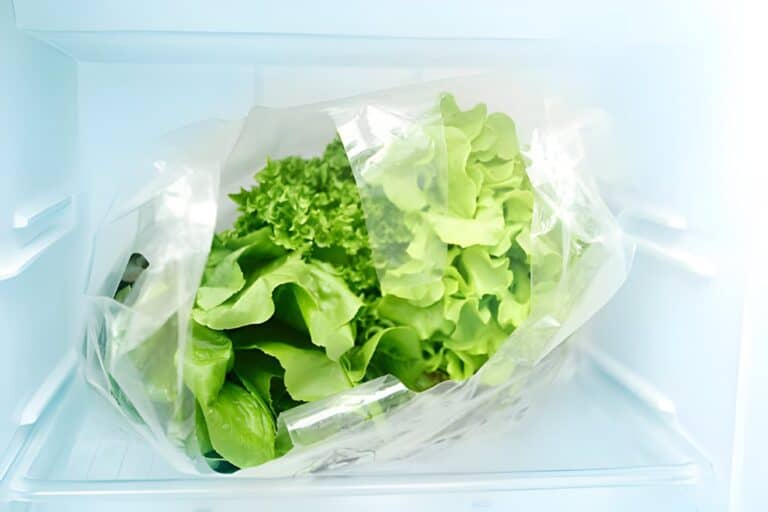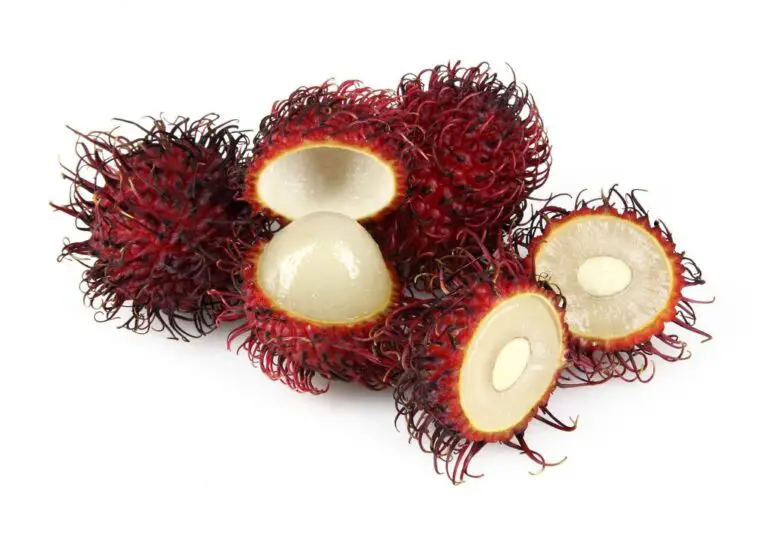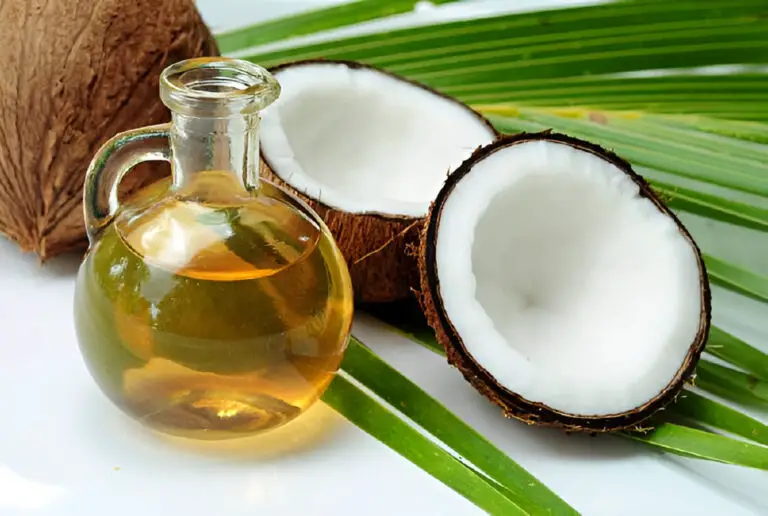What Happens If You Eat a Slimy Mushroom? Is It Toxic?

Mushrooms are often praised for their delicious taste and interesting textures in many dishes. Yet the world of fungi is not without its mysteries and potential dangers.
If a slimy mushroom has ever caught your attention, you might have wondered—could it be toxic? The mysterious appeal of these mushrooms can make us worry about their safety because their surfaces are slippery and sticky.
Let’s explore slimy mushrooms and uncover the secrets hidden beneath their slippery surfaces. Are they delicious delicacies, toxic traps, or something in between? Join us as we unravel the complexities of slimy mushrooms and discover what truly happens if you dare to take a bite.
Understanding Mushroom Diversity: Slimy Mushrooms
Before we talk about the problem of slimy mushrooms, it is important to understand how diverse the kingdom of mushrooms is. Mushrooms vary in shape, size, and texture, each with its own properties. It is important to know these differences, especially when it comes to telling the difference between varieties that are safe to eat and those that could be harmful.
Slimy mushrooms are not a separate species. Instead, the word refers to a group of mushrooms that all look and feel the same. These mushrooms often have a slimy or mucilaginous surface, which can make them appear unappetizing. Common examples of slimy mushrooms include the Slippery Jack (Suillus luteus) and the Witch’s Butter (Tremella mesenterica).
Identifying Safe vs. Toxic Slimy Mushrooms

When evaluating the safety of a slimy mushroom, several factors come into play. Knowing what different mushrooms look like can help you tell if sliminess is harmless or dangerous. Consider the following key points:
- Texture and Consistency: Assess the texture of the slimy surface. Edible mushrooms with a slimy texture often have a smooth and uniform consistency, while potentially toxic ones might feel sticky or viscous to the touch.
- Color Variations: Note the color of the mushroom. Slimy mushrooms have an earthy color, while toxic ones may be bright or unusual.
- Odor Profile: Pay attention to the scent.Slimy mushrooms are edible and smell earthy, but toxic ones smell bad and should be avoided..
Are Slimy Mushrooms Toxic?
The first question that typically comes to mind is whether consuming a slimy mushroom is toxic. The answer, as is often the case with mushrooms, is not a simple “yes” or “no.” While not all slimy mushrooms are poisonous, some can be harmful if ingested. To ensure safety, you should exercise caution and make proper identification.
To make an informed decision about consuming a slimy mushroom, consider the following factors:
1. Species Identification
Different mushroom species have varying levels of toxicity. Some naturally normal slimy mushrooms are edible and even considered delicacies in certain cuisines, while others are highly toxic and can lead to severe health issues.
| Mushroom | Edibility | Toxicity |
| Slippery Jack | Edible | Low |
| Witch’s Butter | Inedible | Non-toxic |
| Other Varieties | Varies | Varies |
2. Slime Mushrooms Condition
Generally, slimy mushrooms are not necessarily toxic, but they are not in great shape either. The slime on mushrooms probably comes from spoilage bacteria, and it is a sign that the mushrooms are no longer fresh.
If the slime is minimal, you might be able to use them in a dish that requires high heat cooking, which should kill any problematic bacteria. However, if the mushrooms are very slimy, it is best to throw them out, as they could cause food poisoning or nausea.
Eating mushrooms with mold on them could also make you sick, especially if they are of a potentially toxic, wild variety. Therefore, check mushrooms sliminess thoroughly before cooking with them and to discard any that look or feel slimy or stinky
3. Consult a Mycologist
If you are not sure if a slimy mushroom you have found is edible, you should talk to a mycologist or mushroom expert. They can help you distinguish between safe and toxic varieties, preventing any potential harm.
Potential Risks of Consuming Slimy Mushrooms
Consuming a toxic mushroom, whether slimy or not, can lead to a range of adverse health effects. Eating toxic mushrooms can cause a lot of bad things to happen, from mild stomach problems to severe poisoning. It’s essential to be aware of the potential consequences, which can include:
- Gastrointestinal Distress: Symptoms such as nausea, vomiting, diarrhea, and abdominal pain can arise within hours of consuming a toxic mushroom, causing significant discomfort and distress.
- Neurological Effects: Toxins in some poisonous mushrooms can affect the central nervous system, causing hallucinations, delirium, coma, or death.
- Organ Failure: Some toxins present in certain varieties of poisonous mushrooms can have detrimental effects on vital organs, such as the liver and kidneys, potentially resulting in long-term health complications or even fatality.
| Read: Can You Eat Oyster Mushrooms with Mold on Them? |
Immediate Actions in Case of Mushroom Ingestion
If you suspect that you or someone else has ingested a toxic mushroom, prompt action is crucial. Taking the right steps can help mitigate the potential risks and ensure a timely response from medical professionals. Consider the following immediate actions:
- Don’t Panic: Stay calm and try to assess the situation. It’s essential to remain composed to facilitate a swift and effective response.
- Seek Medical Assistance: Contact emergency services or poison control immediately. If possible, provide accurate mushroom information to help healthcare professionals treat you.
- Avoid Self-Treatment: Do not try home remedies or make yourself throw up without professional help, as these actions may make the situation worse and cause more harm.
Conclusion
In summary, the edibility and toxicity of a slimy mushroom depend on the specific species you encounter. While some slimy mushrooms are safe to eat, others can be harmful or even deadly. The key to safely enjoying mushrooms, whether slimy or not, is proper identification and education.
If you are a beginner forager or unsure about a mushroom’s edibility, consult experts and be careful. Remember that mushroom poisoning can be dangerous, so be careful with these fascinating but dangerous fungi.
Remember that when it comes to mushrooms, nature’s beauty can sometimes be deceptive. Stay safe and enjoy the world of mycology responsibly.
FAQs
What are the signs of mushroom poisoning?
You might feel sick, vomit, have diarrhea, stomach pain, and sweat if you eat mushrooms that are poisonous. In the worst cases, you might have hallucinations or your liver or kidneys fail. Symptoms can vary based on the type of toxins ingested.
Can you get sick from touching a poisonous mushroom?
While getting sick from touching a poisonous mushroom is unlikely, it’s crucial to avoid touching or handling potentially toxic varieties. In some cases, allergic reactions or skin irritation might occur upon contact.
How long does it take to show symptoms of mushroom poisoning?
Symptoms of mushroom poisoning can appear within 30 minutes to 12 hours after ingestion, depending on the type of mushroom and the toxins involved. Some toxins can cause delayed symptoms, manifesting within 6-24 hours.
Are all slimy mushrooms toxic?
Not all slimy mushrooms are toxic. Sliminess can be a natural characteristic of certain edible mushrooms, but it’s essential to identify specific features to distinguish toxic varieties accurately.
Can cooking eliminate the toxicity of a slimy mushroom?
Cooking might reduce some toxins in certain mushrooms, but it may not eliminate all toxins. It’s essential to accurately identify the mushroom and understand the specific toxins involved before considering cooking as a safety measure.
How do I know if a wild mushroom is safe to eat?
Mushrooms can offer several health benefits, including providing essential nutrients, supporting immune function, aiding in digestion, and potentially possessing anti-inflammatory and antioxidant properties.
How can one overcome mycophobia and incorporate mushrooms into their diet safely?
Overcoming mycophobia involves education, gradual exposure to safe mushroom varieties, and guidance from experts. Cooking mushrooms and onions together are known benefit for our health. Incorporating them into the diet safely requires learning to identify safe varieties, understanding proper cooking methods, and seeking professional advice if needed.






